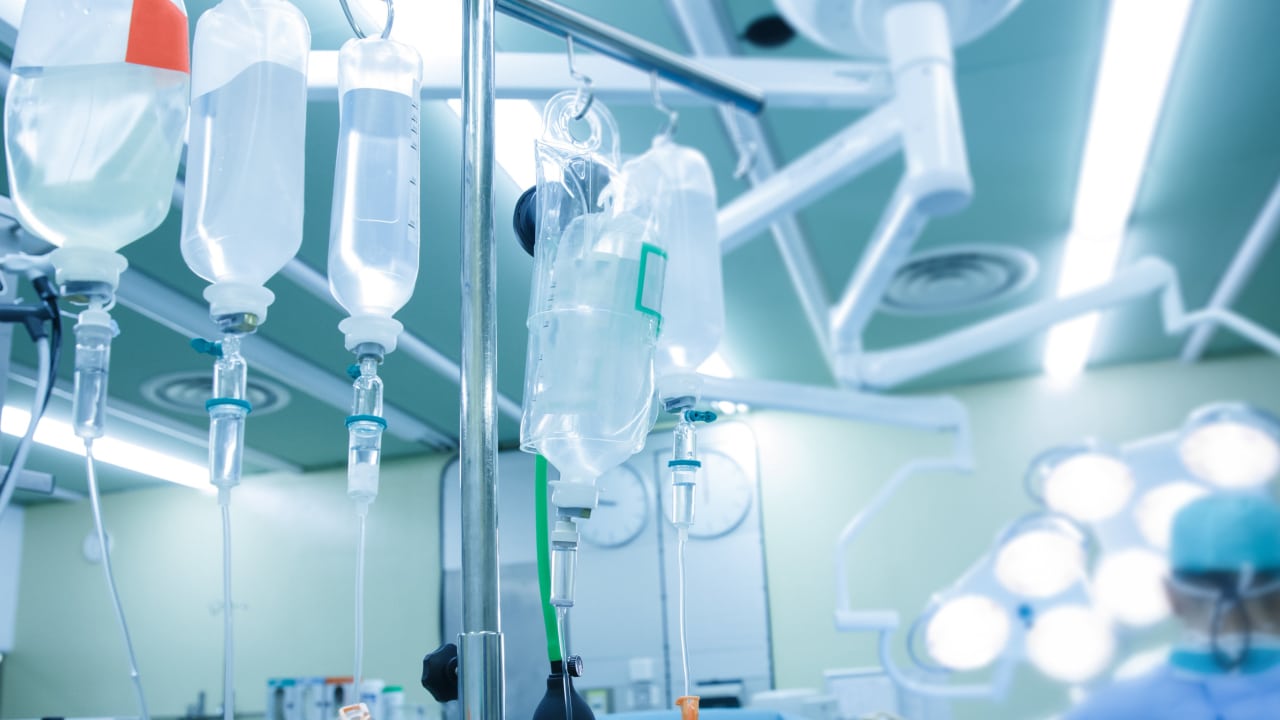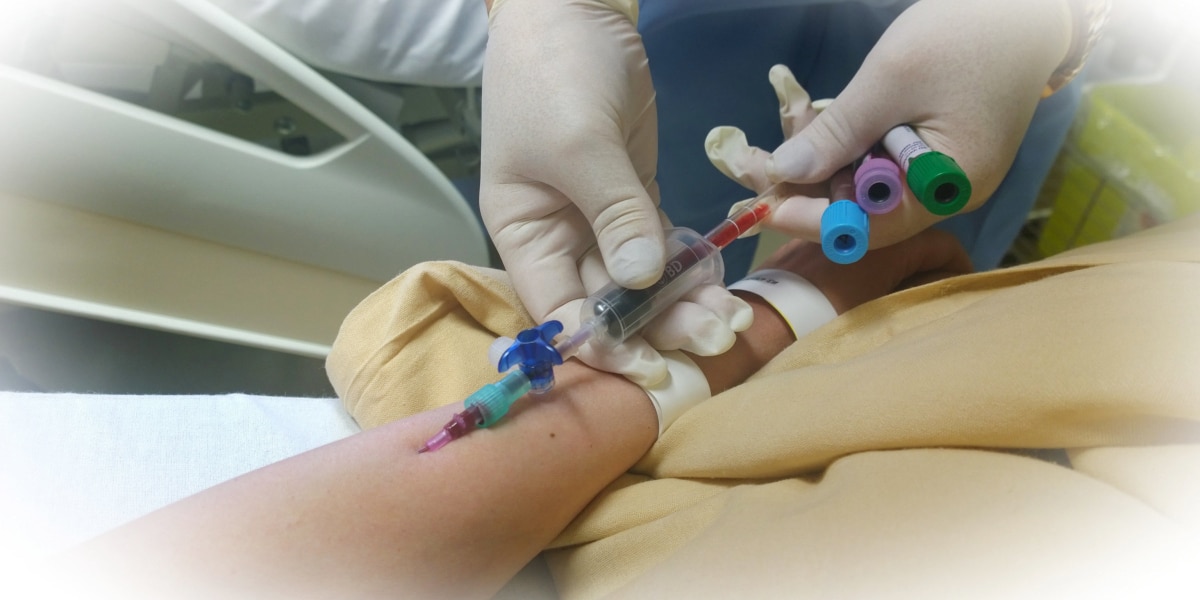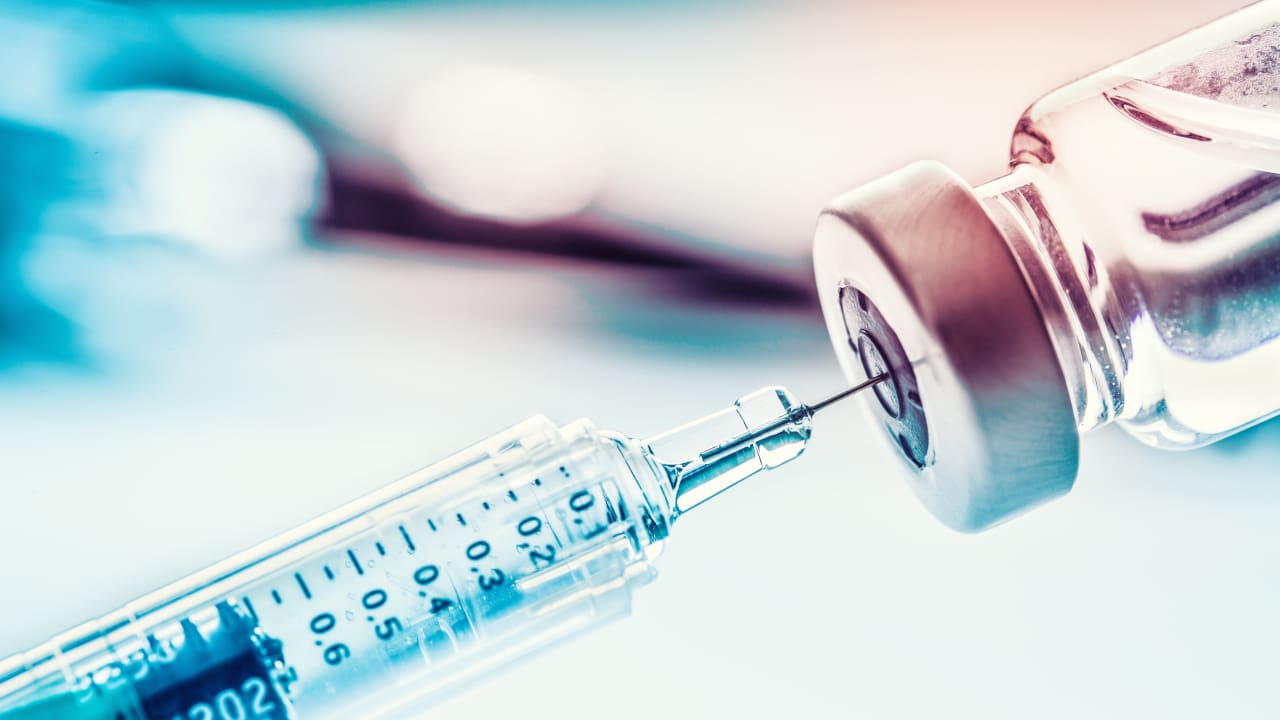Watch More! Unlock the full videos with a FREE trial
Already have an account? Log In
Add to Study plan
Master
Included In This Lesson
Study Tools
Symptoms of Nephrotic Syndrome (Mnemonic)
Nephrotic Syndrome Pathochart (Cheat Sheet)
Abdominal Pain – Assessment (Cheat Sheet)
Pitting Edema (Image)
Facial Edema in Nephrotic Syndrome (Image)
Nephrotic Syndrome (Picmonic)
Access More! View the full outline and transcript with a FREE trial
Already have an account? Log In
ADPIE Related Lessons
Related Nursing Process (ADPIE) lessons for Nursing Care and Pathophysiology of Nephrotic Syndrome
Transcript
In this lesson we’re going to talk about Nephrotic Syndrome. This is a condition that affects the nephron in the kidneys - if you remember from anatomy, the nephron is the functional unit of the kidneys. This is where the kidneys do their major work - so if it’s not working properly, a lot can go wrong.
So nephrotic syndrome is a disease of the kidneys that is specifically characterized by a loss of proteins into the urine. Normally proteins are too large to escape the capillaries in the glomerulus. But we’ll look in a second how the proteins are able to escape into the urine. So that leads to proteinuria (or protein in the urine) and hypoalbuminemia (or a decreased protein level in the bloodstream). That decreased protein level in the bloodstream leads to massive edema. You can see this is a nephrotic syndrome who is having severe facial edema. Now, anything that can cause damage to the glomerulus can lead to nephrotic syndrome. This includes diabetes, remember it’s very hard on the vessels, or lupus - that autoimmune inflammatory response can cause a lot of damage to the kidneys, and of course glomerulonephritis can cause damage to the glomerulus. We’ll look at that closer in its own lesson.
So let’s quickly explore why this loss of protein into the urine leads to edema. Remember we have something called Oncotic Pressure. Oncotic pressure is controlled by proteins. I remember it this way: “Protein Pulls”. So when we have protein in the blood stream, it pulls fluid and holds it inside. It’s like a magnet. When the patient has nephrotic syndrome, they will dump the protein into the urine, but other kidney mechanisms like diffusion will keep the water in the system. So now we’ve lost protein into the urine, so we no longer have protein here in the vessels, but we still have all this fluid. If there’s no protein in here to be that magnet and hold onto the fluid, then the fluid begins to leak out of the capillaries into the tissues. The less protein in here, the more fluid will leak out.
So what will we see? Well more than anything we’re going to see severe edema. This is usually peripheral edema like in the legs like you see here, it could also be in the arms, around the abdomen, and like you saw previously they could have facial edema as well. But, since the blood vessels don’t discriminate, we can also see significant pulmonary edema. So we’ll hear crackles and the patient could be short of breath. We’ll also see weight gain because of this extra fluid and other signs of renal failure like azotemia and electrolyte abnormalities. Patients will be fatigued from all of this, as you can imagine. Females, especially younger girls, may experience amenorrhea as a result of this protein and fluid shift. And finally, we’ll see a positive renal biopsy.
Now, our goal for these patients is to reduce the amount of protein excreted in the urine and reduce the load of edema in the patient’s system. We also want to minimize any further complications like respiratory distress from the pulmonary edema or permanent kidney damage. So the first thing we want to do is identify and treat the cause. Especially if it’s an infectious source, we can reverse that and prevent significant renal damage. We’ll put the patient on a low sodium diet to prevent any further fluid. The sodium water balance in the system is the only thing keeping this thing from spiraling out of control. Now we used to put these patients on a high protein diet, but the evidence shows we just want to make sure it’s balanced and that they’re getting sufficient protein. So we look for a protein intake of 1g of protein per kg of body weight per day. Sometimes we’ll administer IV albumin if they’re acutely ill, but for the most part, we just want to make sure they’re not eating a LOW protein diet. And then, we’ll give diuretics to get this fluid out of their system and especially off their lungs so relieve these symptoms.
So our top priority concepts for patients with nephrotic syndrome are, obviously, fluid & electrolytes, and elimination, but also immunology. We know that some sort of infection or immune process or possibly even diabetes is causing this protein shift so we want to assess for infection and monitor that situation. Make sure you check out the care plan attached to this lesson to see more detailed nursing interventions and rationales.
So, let’s recap. Nephrotic syndrome is a condition of damage in the kidneys characterized by a loss of protein into the urine. That loss of protein in the bloodstream causes fluid to leak out of the vessels causing massive edema in the body. We want to treat the cause and give diuretics. We also want them to make sure they’re getting enough protein in their diet. Our goal is to stop the protein loss, get the fluid off, and prevent any further complications like respiratory distress or permanent kidney damage.
So that’s it for Nephrotic Syndrome, make sure you check out the resources attached to this lesson to learn more! Now, go out and be your best selves today. And, as always, Happy Nursing!
So nephrotic syndrome is a disease of the kidneys that is specifically characterized by a loss of proteins into the urine. Normally proteins are too large to escape the capillaries in the glomerulus. But we’ll look in a second how the proteins are able to escape into the urine. So that leads to proteinuria (or protein in the urine) and hypoalbuminemia (or a decreased protein level in the bloodstream). That decreased protein level in the bloodstream leads to massive edema. You can see this is a nephrotic syndrome who is having severe facial edema. Now, anything that can cause damage to the glomerulus can lead to nephrotic syndrome. This includes diabetes, remember it’s very hard on the vessels, or lupus - that autoimmune inflammatory response can cause a lot of damage to the kidneys, and of course glomerulonephritis can cause damage to the glomerulus. We’ll look at that closer in its own lesson.
So let’s quickly explore why this loss of protein into the urine leads to edema. Remember we have something called Oncotic Pressure. Oncotic pressure is controlled by proteins. I remember it this way: “Protein Pulls”. So when we have protein in the blood stream, it pulls fluid and holds it inside. It’s like a magnet. When the patient has nephrotic syndrome, they will dump the protein into the urine, but other kidney mechanisms like diffusion will keep the water in the system. So now we’ve lost protein into the urine, so we no longer have protein here in the vessels, but we still have all this fluid. If there’s no protein in here to be that magnet and hold onto the fluid, then the fluid begins to leak out of the capillaries into the tissues. The less protein in here, the more fluid will leak out.
So what will we see? Well more than anything we’re going to see severe edema. This is usually peripheral edema like in the legs like you see here, it could also be in the arms, around the abdomen, and like you saw previously they could have facial edema as well. But, since the blood vessels don’t discriminate, we can also see significant pulmonary edema. So we’ll hear crackles and the patient could be short of breath. We’ll also see weight gain because of this extra fluid and other signs of renal failure like azotemia and electrolyte abnormalities. Patients will be fatigued from all of this, as you can imagine. Females, especially younger girls, may experience amenorrhea as a result of this protein and fluid shift. And finally, we’ll see a positive renal biopsy.
Now, our goal for these patients is to reduce the amount of protein excreted in the urine and reduce the load of edema in the patient’s system. We also want to minimize any further complications like respiratory distress from the pulmonary edema or permanent kidney damage. So the first thing we want to do is identify and treat the cause. Especially if it’s an infectious source, we can reverse that and prevent significant renal damage. We’ll put the patient on a low sodium diet to prevent any further fluid. The sodium water balance in the system is the only thing keeping this thing from spiraling out of control. Now we used to put these patients on a high protein diet, but the evidence shows we just want to make sure it’s balanced and that they’re getting sufficient protein. So we look for a protein intake of 1g of protein per kg of body weight per day. Sometimes we’ll administer IV albumin if they’re acutely ill, but for the most part, we just want to make sure they’re not eating a LOW protein diet. And then, we’ll give diuretics to get this fluid out of their system and especially off their lungs so relieve these symptoms.
So our top priority concepts for patients with nephrotic syndrome are, obviously, fluid & electrolytes, and elimination, but also immunology. We know that some sort of infection or immune process or possibly even diabetes is causing this protein shift so we want to assess for infection and monitor that situation. Make sure you check out the care plan attached to this lesson to see more detailed nursing interventions and rationales.
So, let’s recap. Nephrotic syndrome is a condition of damage in the kidneys characterized by a loss of protein into the urine. That loss of protein in the bloodstream causes fluid to leak out of the vessels causing massive edema in the body. We want to treat the cause and give diuretics. We also want them to make sure they’re getting enough protein in their diet. Our goal is to stop the protein loss, get the fluid off, and prevent any further complications like respiratory distress or permanent kidney damage.
So that’s it for Nephrotic Syndrome, make sure you check out the resources attached to this lesson to learn more! Now, go out and be your best selves today. And, as always, Happy Nursing!
View the FULL Transcript
When you start a FREE trial you gain access to the full outline as well as:
- SIMCLEX (NCLEX Simulator)
- 6,500+ Practice NCLEX Questions
- 2,000+ HD Videos
- 300+ Nursing Cheatsheets
“Would suggest to all nursing students . . . Guaranteed to ease the stress!”









